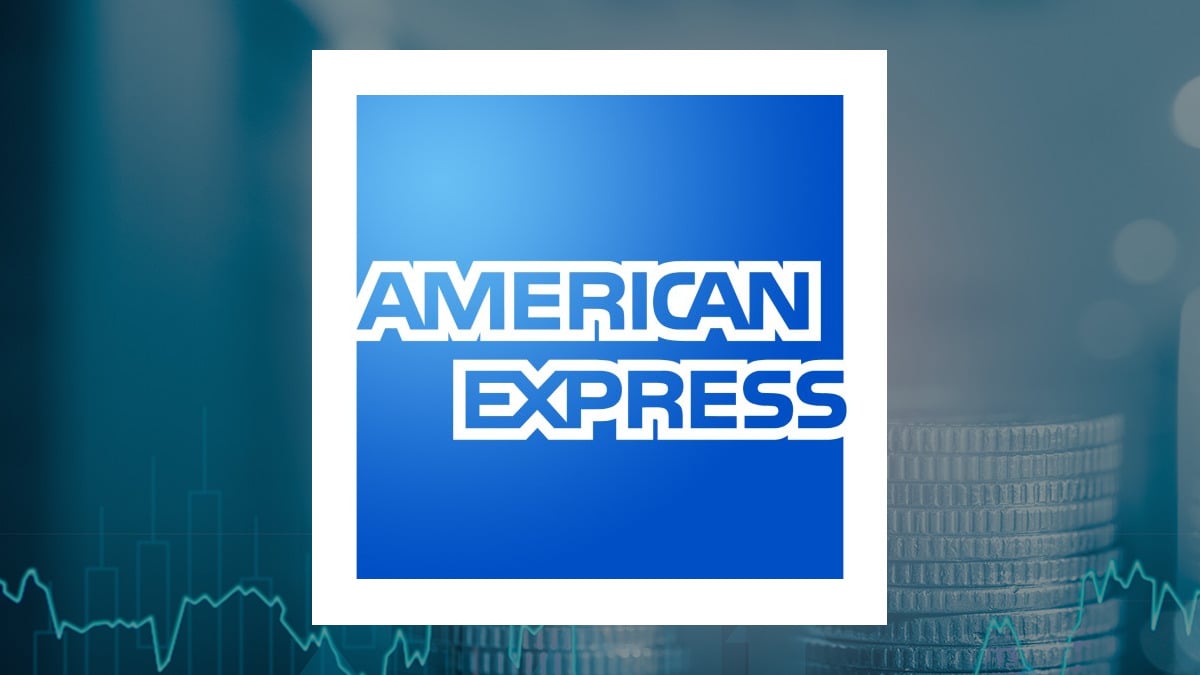
AXP
American Express Company
$381.15
8.41
(2.26%)
| Exchange: | |
| Market Cap: | 265.944B |
| Shares Outstanding: | 1.373B |
About The Company
| Sector: | Financial Services | |||||
| Industry: | Financial – Credit Services | |||||
| CEO: | Stephen Joseph Squeri | |||||
| Full Time Employees: | 75100 | |||||
| Address: |
|
|||||
| Website: | https://www.americanexpress.com |
American Express Company, together with its subsidiaries, provides charge and credit payment card products, and travel-related services worldwide. The company operates through three segments: Global Consumer Services Group, Global Commercial Services, and Global Merchant and Network Services. Its products and services include payment and financing products; network services; accounts payable expense management products and services; and travel and lifestyle services. The company’s products and services also comprise merchant acquisition and processing, servicing and settlement, point-of-sale marketing, and information products and services for merchants; and fraud prevention services, as well as the design and operation of customer loyalty programs. It sells its products and services to consumers, small businesses, mid-sized companies, and large corporations through mobile and online applications, third-party vendors and business partners, direct mail, telephone, in-house sales teams, and direct response advertising. American Express Company was founded in 1850 and is headquartered in New York, New York.
Click to read more…
Revenue Segmentation
EPS
Earnings Call
Income Statement
(* All numbers are in thousands)
Balance Sheet
(* All numbers are in thousands)
Cash Flow Statement
(* All numbers are in thousands)
Analyst Estimates
(* All numbers are in thousands)







